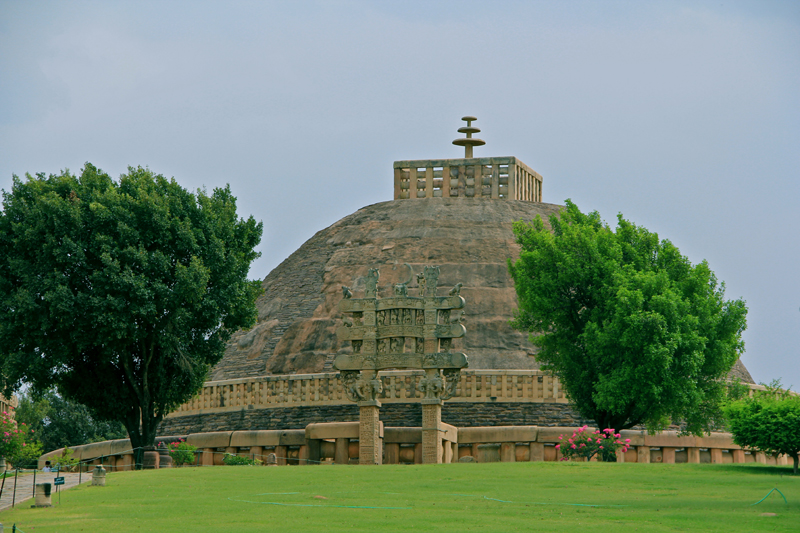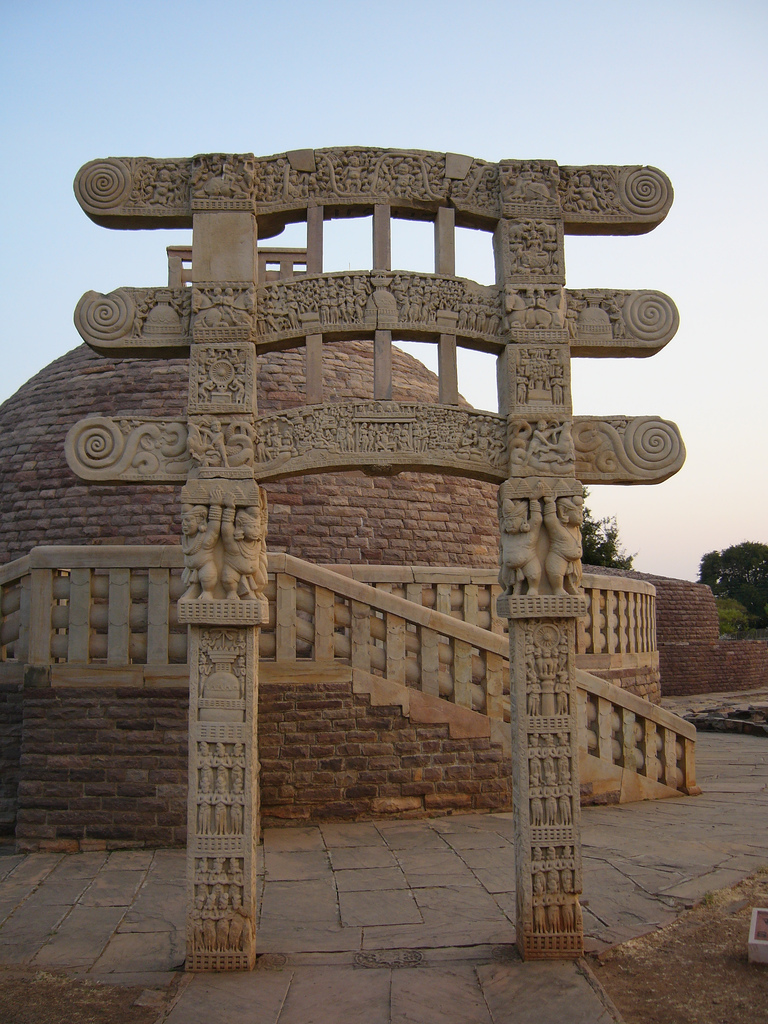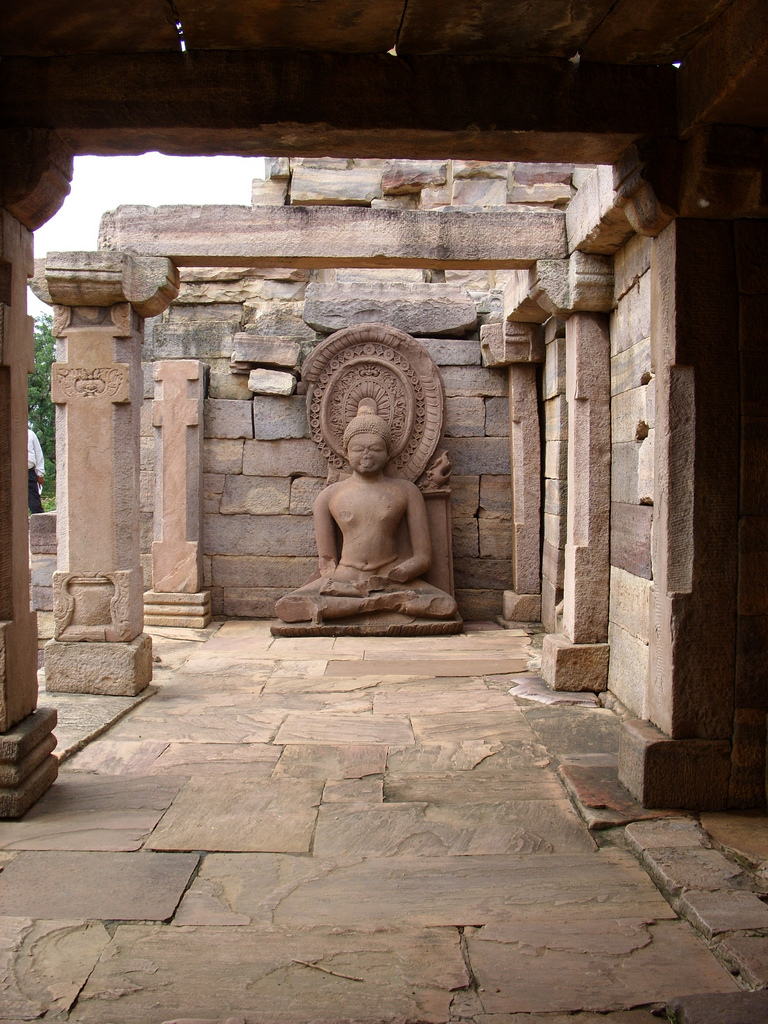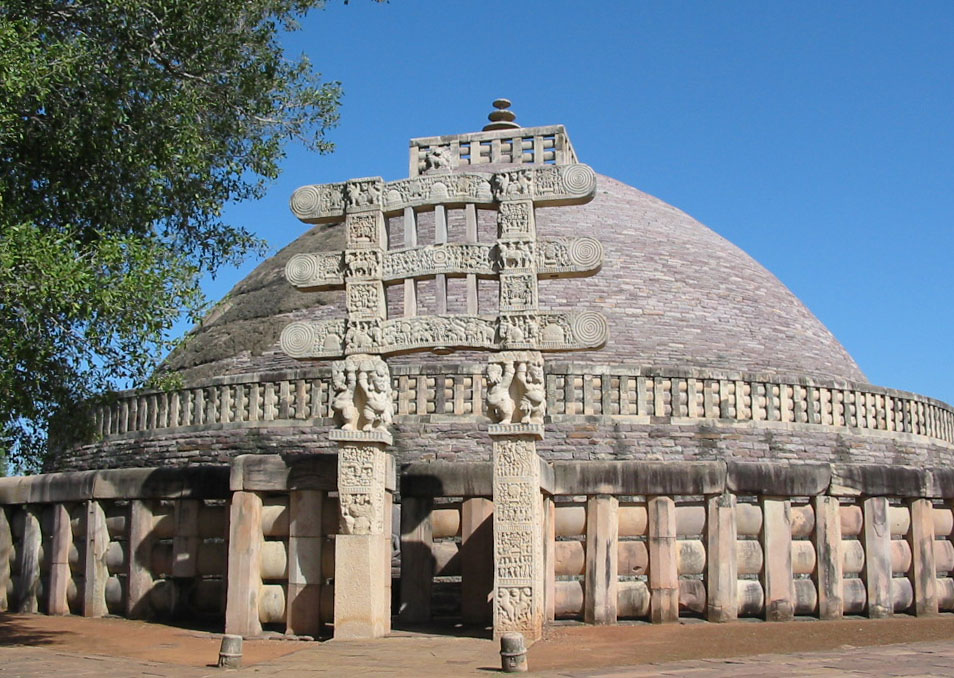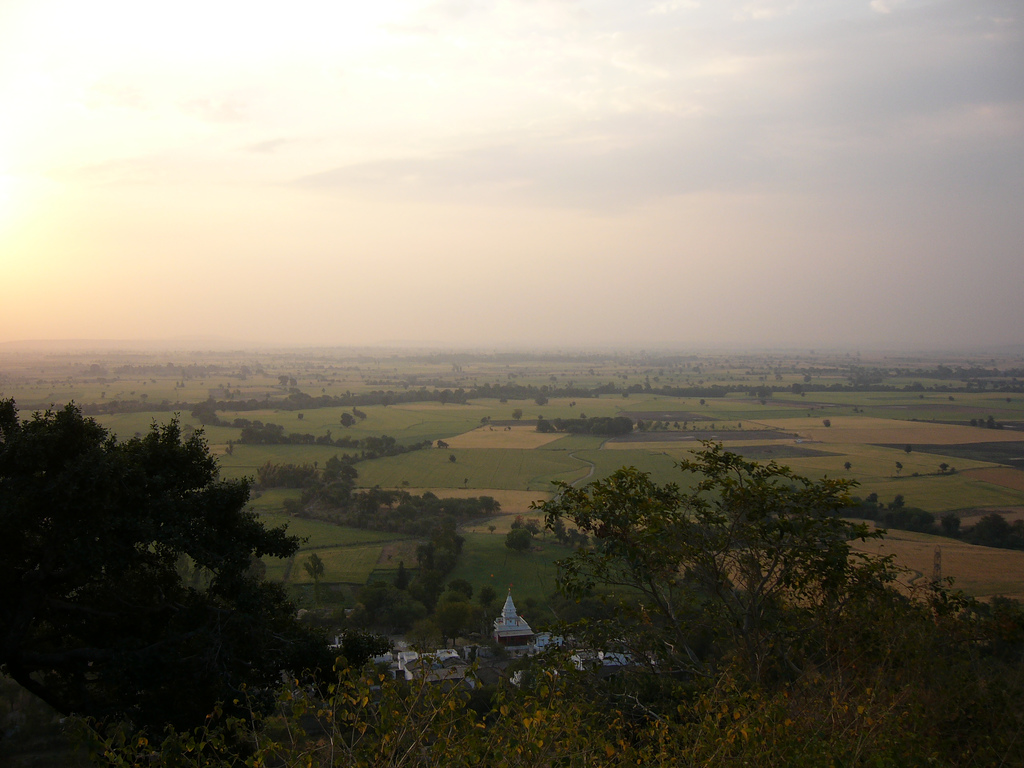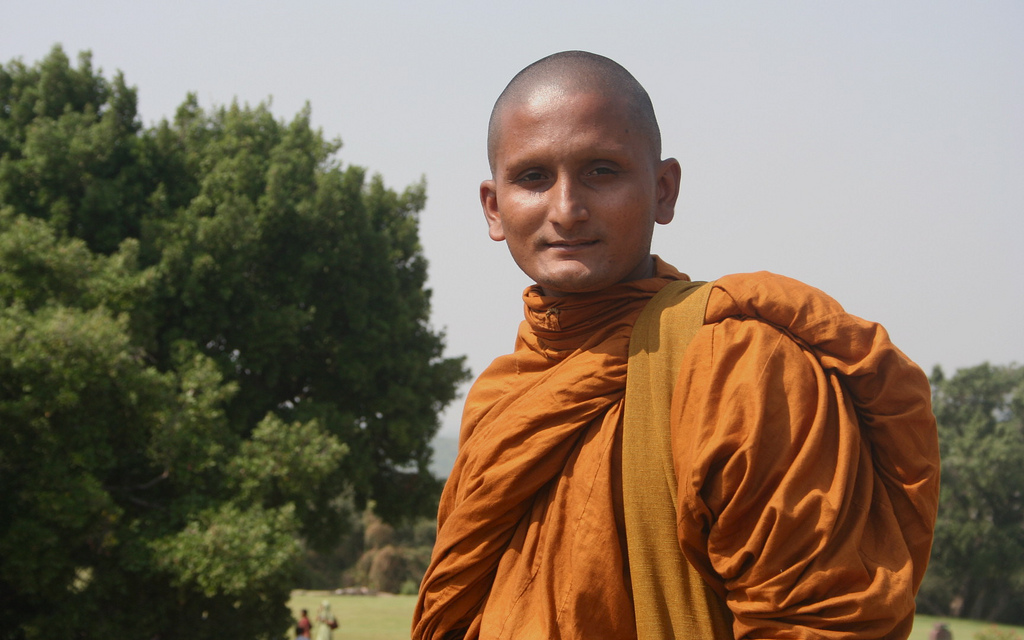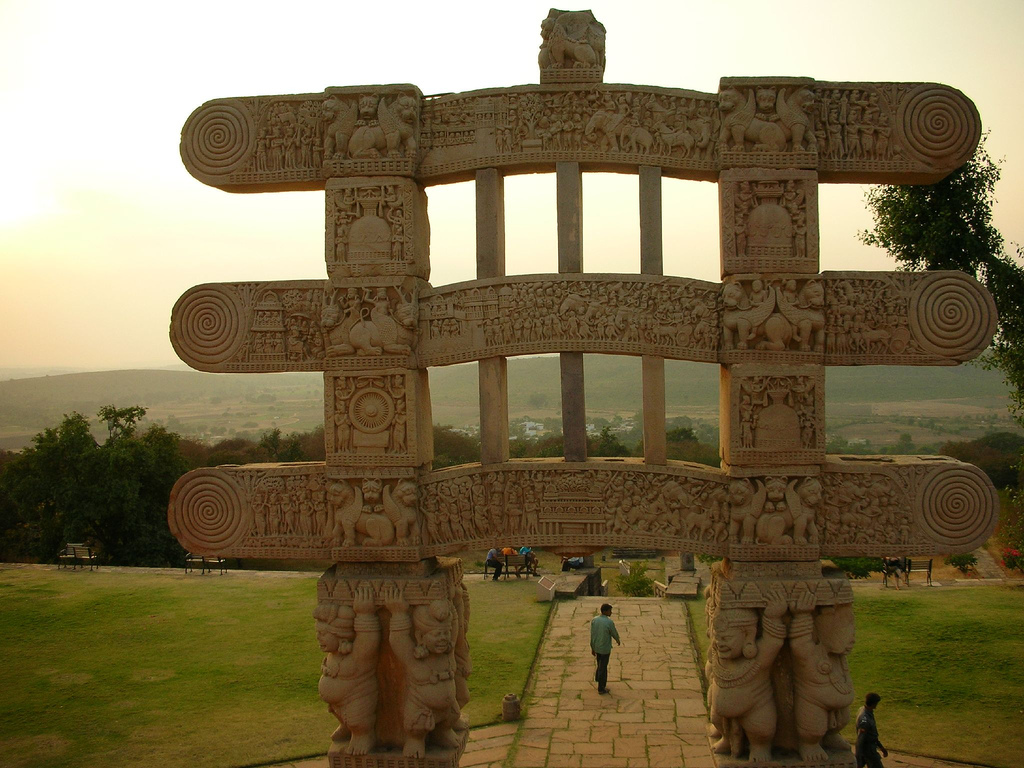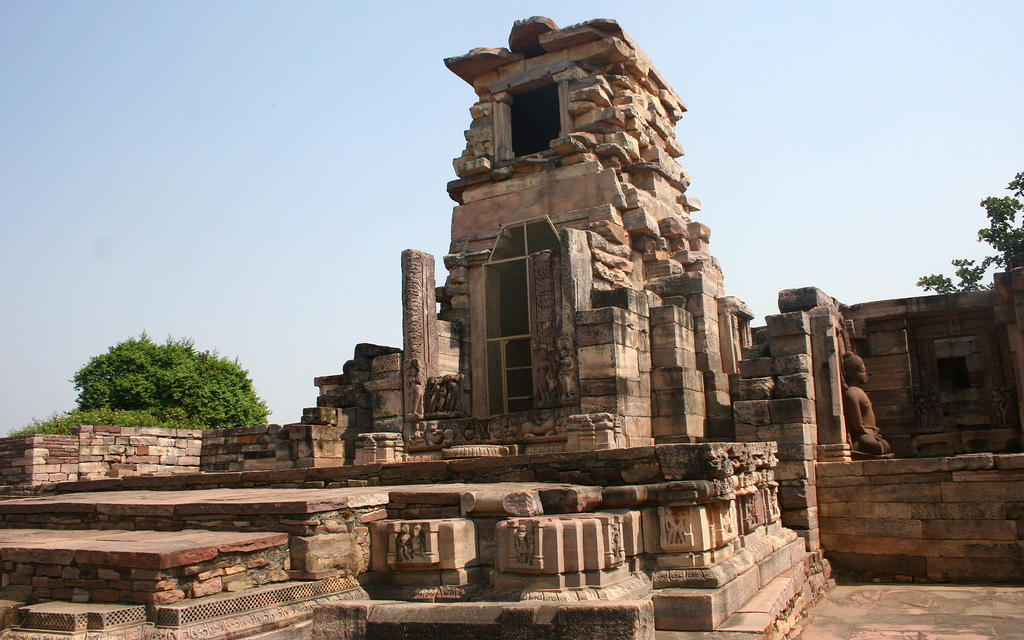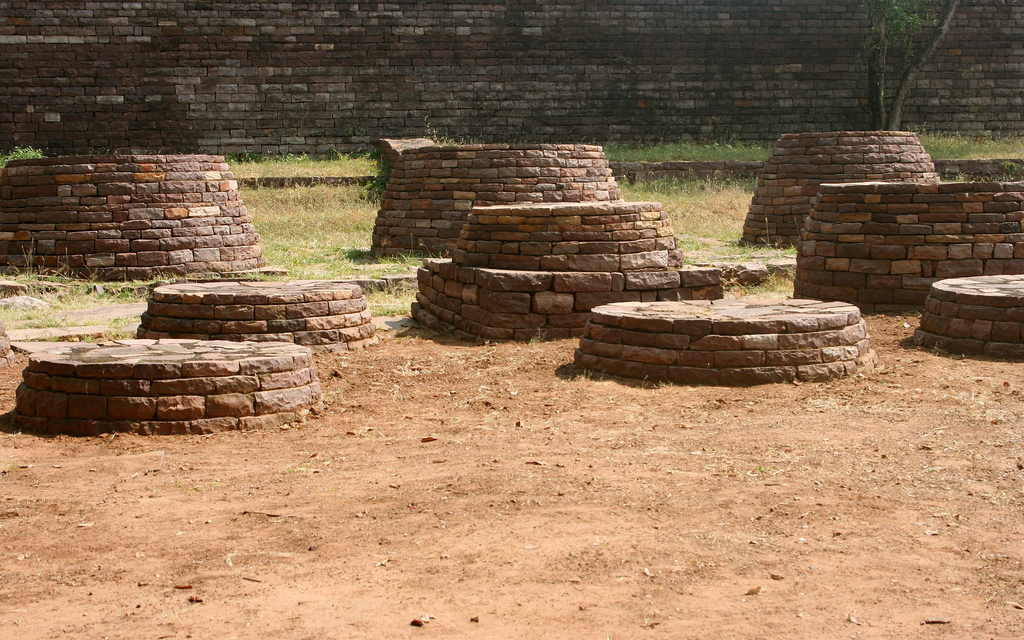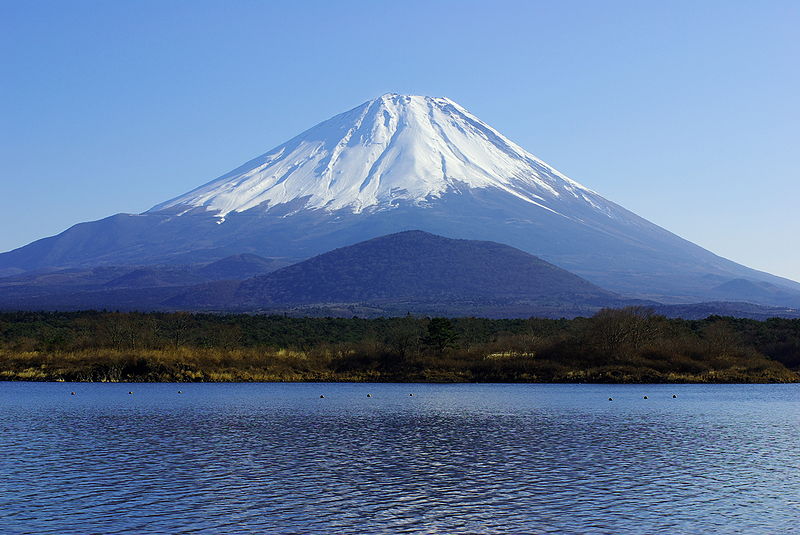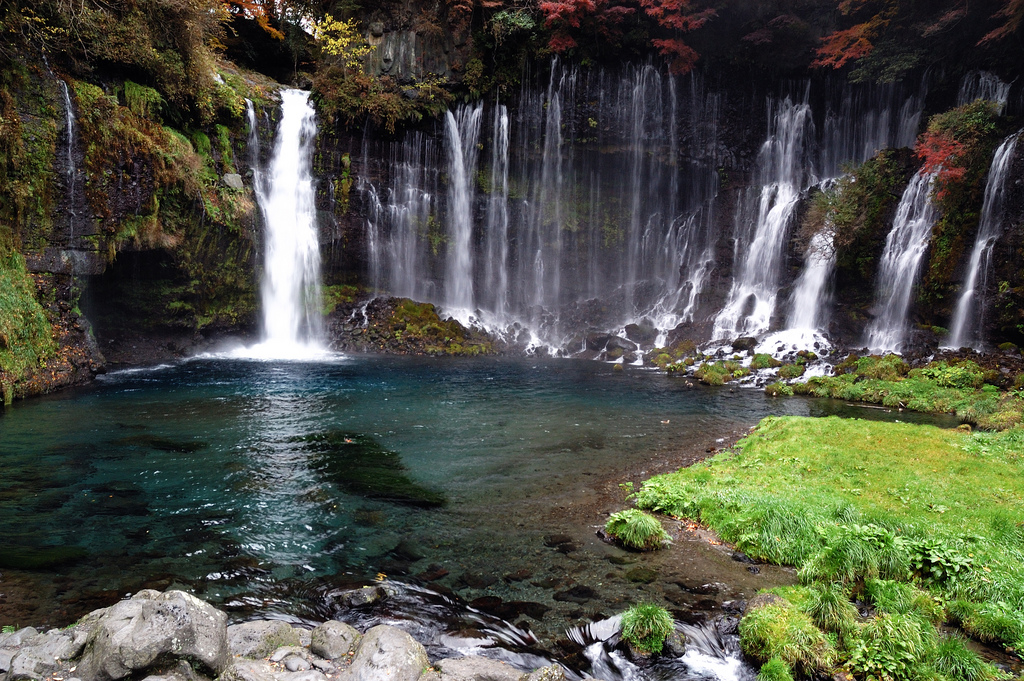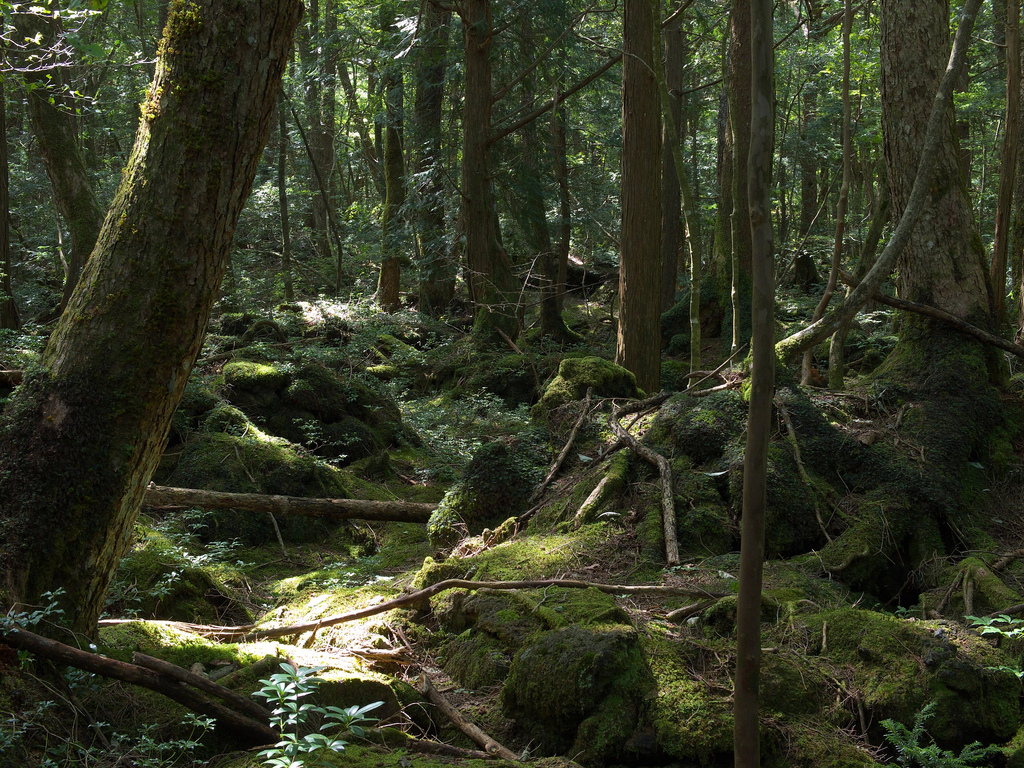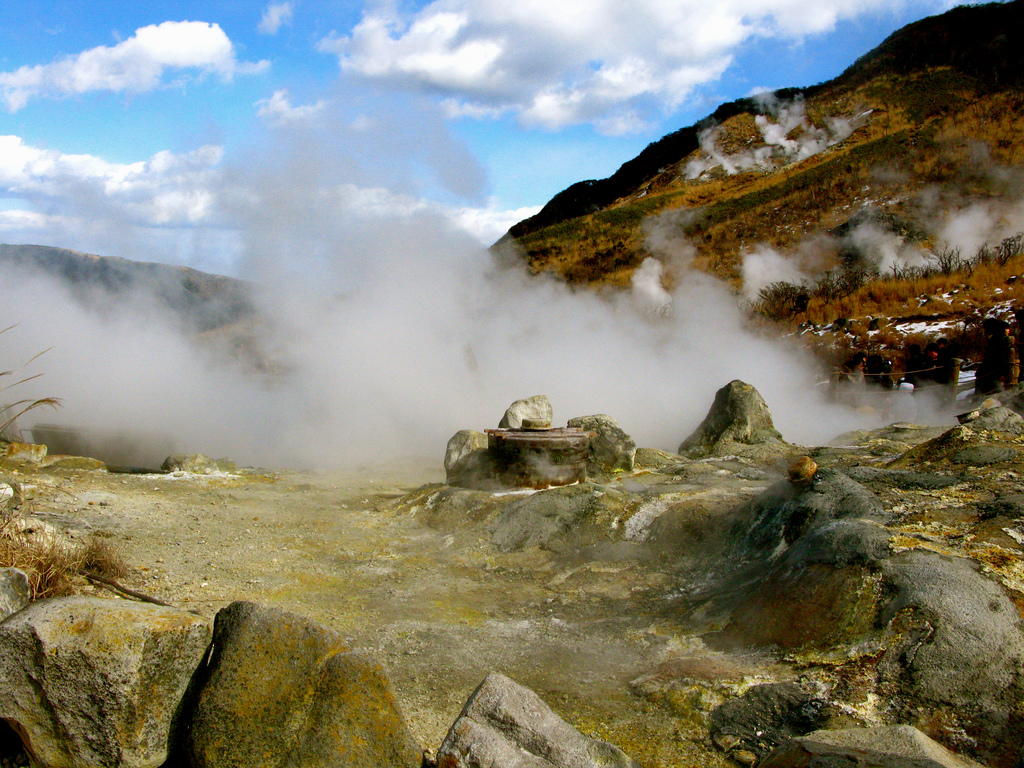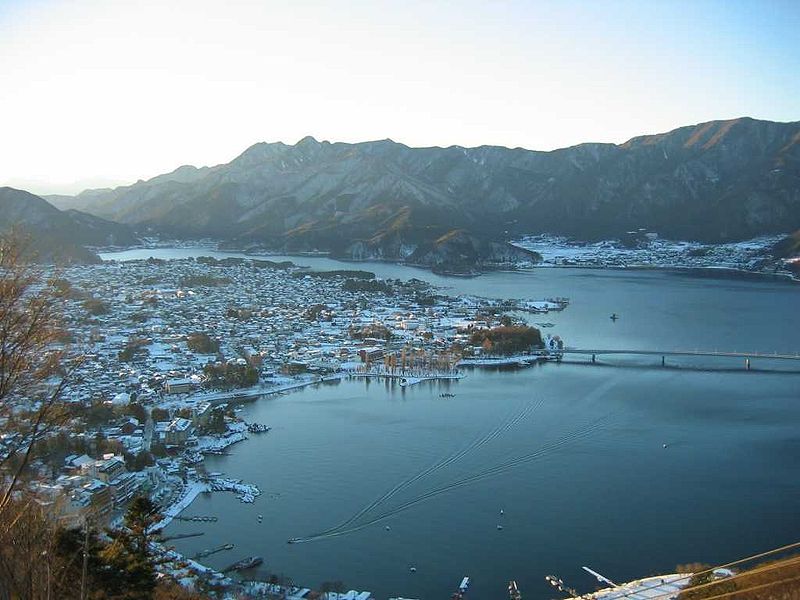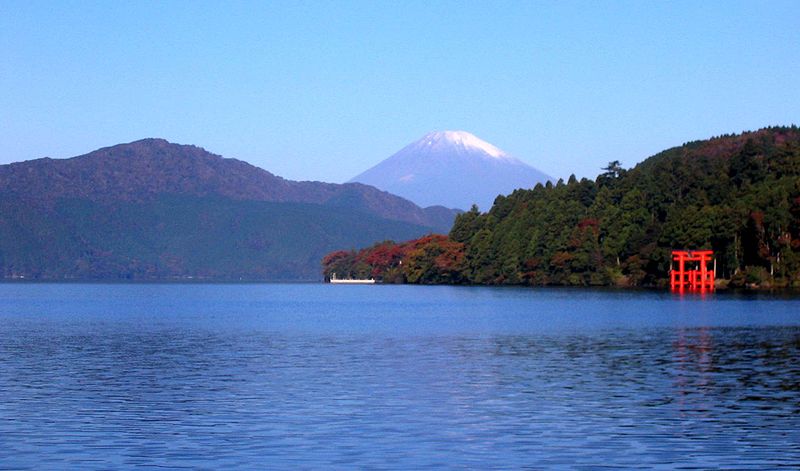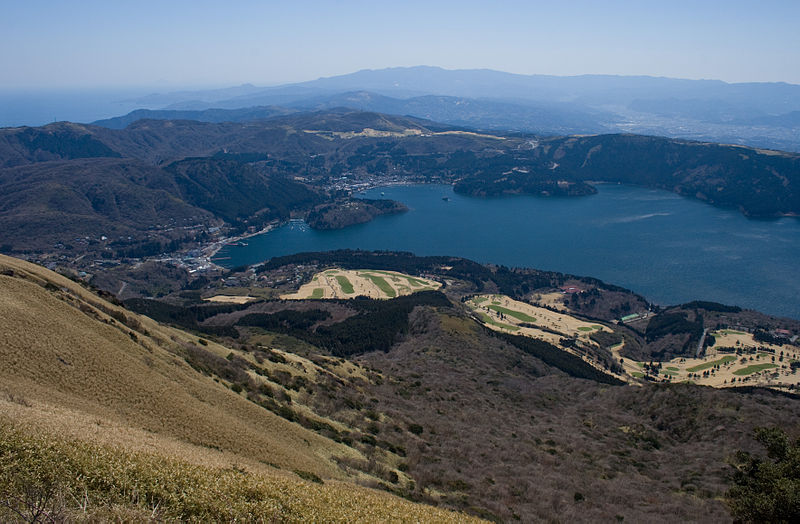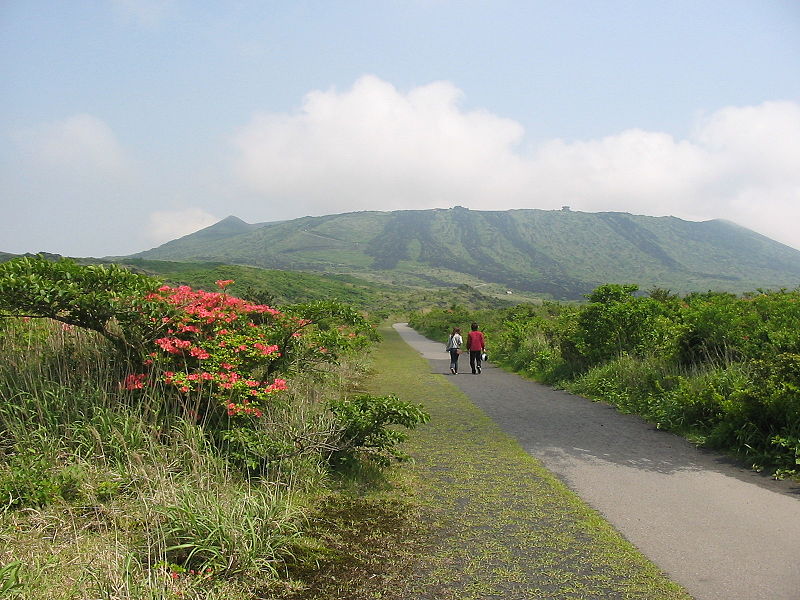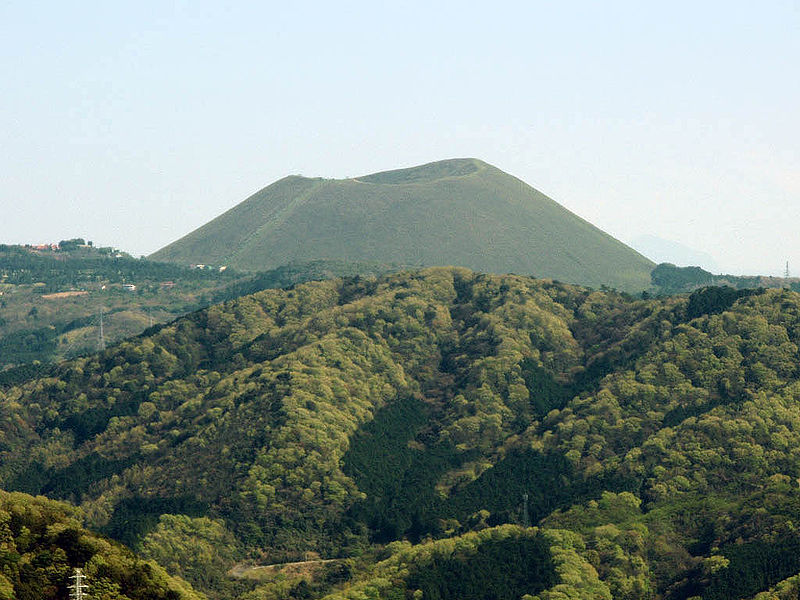Introduction :
The Death Valley National Park is located in the state of California and small portions of it in Nevada in USA. The Death Valley National Park is a place of many extremes with its harsh landscapes of desert, sand dunes and steep mountain ranges. The world highest temperature of 56.7 deg celsius was recorded right at the Death Valley National Park together with the lowest elevation in North America at Badwater Basin. A geological phenomenon can also be seen at the Racetrack Playa where rocks move in long tracks along the valley floor without any human intervention. The national park measures 13630 square km in area with the Death Valley itself measuring over 210 km long.

The Devil’s Golf Course located in the Mojave Desert
Image attribution to gabri_micha @ Flickr

Road towards the Telescope and Wildrose peaks
Image attribution to adombrowski @ Flickr

The overall harsh landscape of the Death Valley National Park
Image attribution to adombrowski @ Flickr
An abandoned gold mine left during the California gold rush
Image attribution to maveric149 @ wiki
History :
The native American cultures were believed to have been living in the area for the last 10,000 years and traces of human existence were proven up to 3000 BC with the petroglyphs above Mesquite Springs. The California Gold Rush brought the first Europeans to the Death Valley where mines and wagons can still be found today. Tourism began in the 1920s and the region was declared as a national monument in 1933 before its expansion into a national park in 1994.
Proof of human existence at the Mesquite Springs
Image attribution to Complex01 @ wiki

The Racetrack Playa is known for its geological phenomenon of moving stones
Image attribution to sarahkatrina @ Flickr

The Badwater Basin is the lowest point in the whole of North America
Image attribution to will1972 @ Flickr

Abandoned radiator tank in the desert
Getting there :
The nearest airport to the Death Valley National Park is the McCarran International Airport (LAS) which is the principal airport serving the state of Las Vegas and is approximately 260 km away from the center of the national park.
